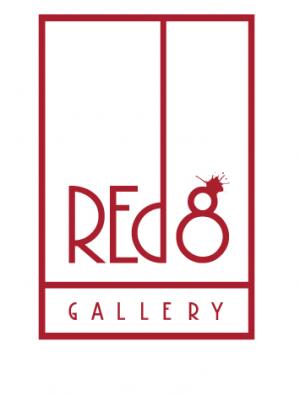AN NFT IS essentially a guarantee of something’s authenticity – a digital file whose unique identity and ownership is verified on a blockchain.
This means that the holder of an NFT can claim digital ownership of whatever the token is attached to, whether that’s music, imagery or even Tweets. Jack Dorsey, Twitter’s founder and CEO, recently auctioned off his first ever Tweet for $2.9m, the not so thrilling ‘just setting up my twttr’. Meanwhile. YouTube’s Logan Paul is reported to have made millions through the NFT explosion.
While NFTs are culturally significant and collectable objects in their own right, many buyers are also treating them as investment, speculating on their rising prices. And rightly so.
This year the market for NFTs has surged to new heights, with more than $2.5bn in sales in 2021 so far, compared to just $13.7m in the first half of 2020.
NFTs look like they’re here to stay, and the boom has been particularly notable within the digital art world. It’s no wonder that this exciting new form of art investment has garnered the attention of so many astute collectors.
“This is new for all of us,” says Sotheby’s CEO Charles Stewart. “But there’s a lot here that’s really exciting and we think has staying power.”
NFTs look like they’re here to stay, and the boom has been particularly notable within the digital art world
Mike Winkelman, the digital artist known as Beeple, sold an NFT of his work EVERYDAYS: THE FIRST 5000 DAYS earlier this year for a staggering $69m. Minted exclusively for Christie’s, Beeple’s sale highlights a major move in art investment. The auction house was the first ever to offer a purely digital artwork with a unique NFT.
Christie’s record-breaking sale catapulted EVERYDAYS – it is now the third most expensive artwork ever sold by a living artist, behind stalwarts Jeff Koons and David Hockney. The second most expensive known NFT sold to date has been Larva Lab’s CryptoPunk 7253, one of 10,000 unique collectible characters with proof of ownership stored on the Ethereum blockchain. The NFT fetched $11.8m at Sotheby’s.
New digital auction house Rare.Market joins Christie’s and Sotheby’s in offering collectors digital ownership of artworks in the form of NFTs. Collectors can purchase physical art and receive digital ownership of their chosen work as an NFT, all in a single easy sale. We are excited to have joined forces with Rare.Market in this one-of-a-kind offer.
Look out for work from outstanding wildlife photographer William Fortescue [pictured above], whose new spectacular collection focuses on the majestic wildlife of Kenya.
Red 8 Gallery can help with all things NFT and guide you through the process from start to finish. Call 0207 846 4021; email info@redeightgallery.com; investments.redeightgallery.com

